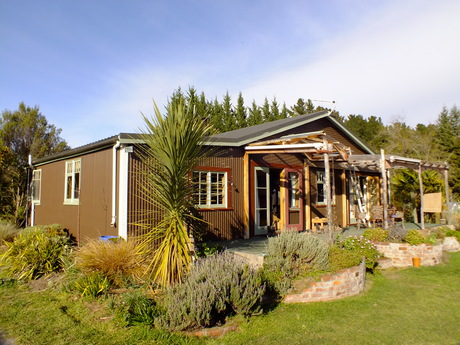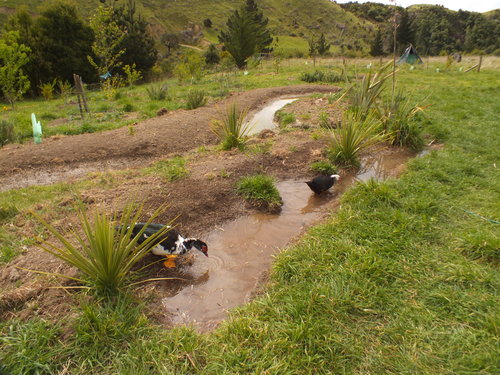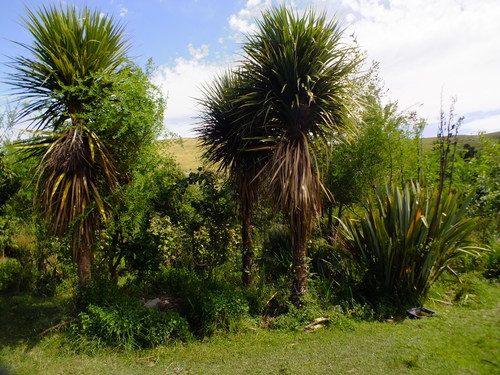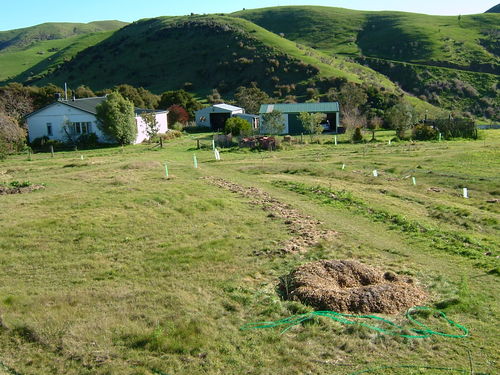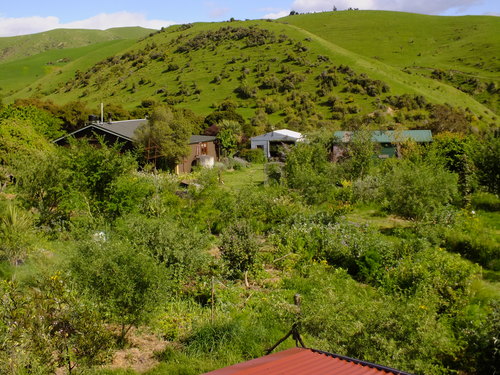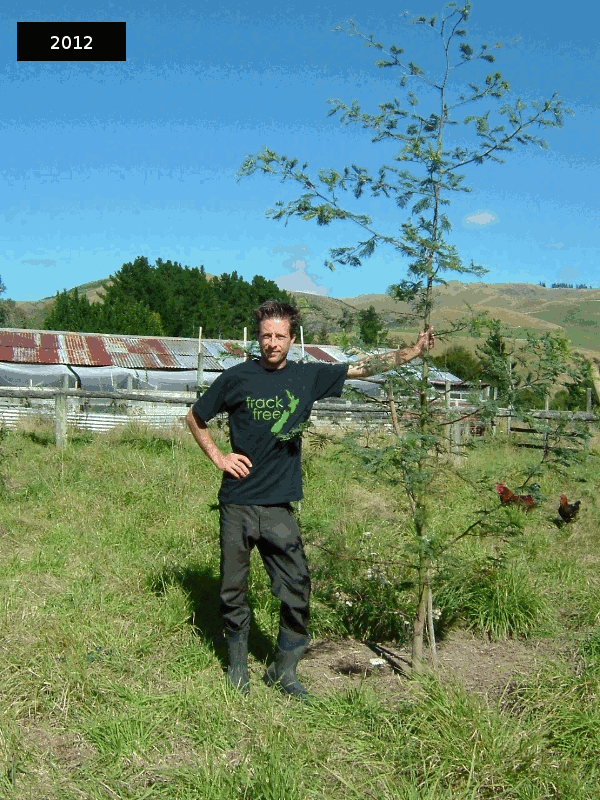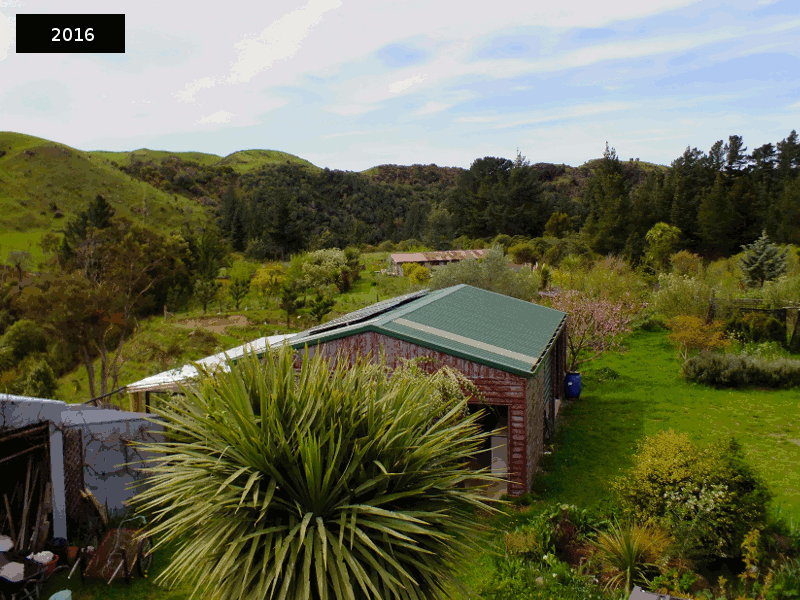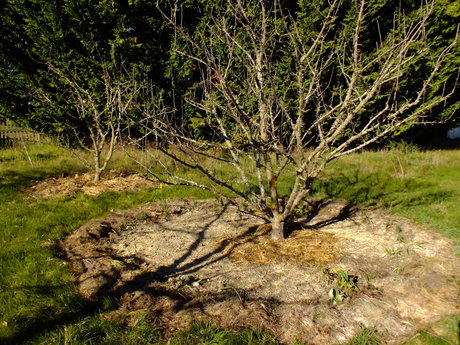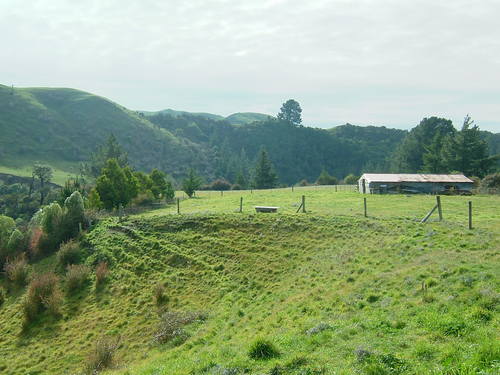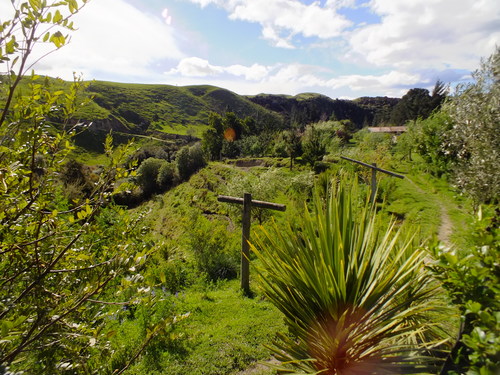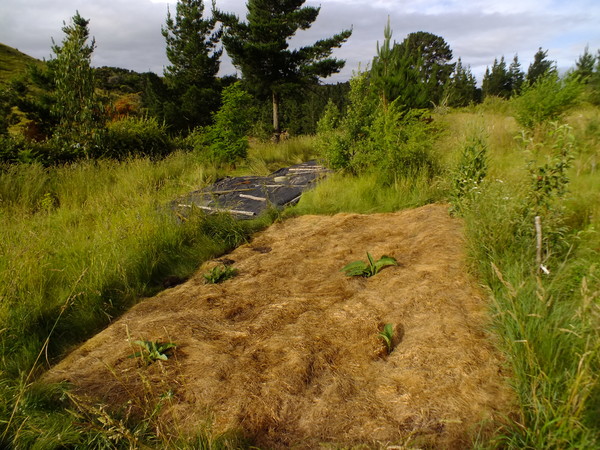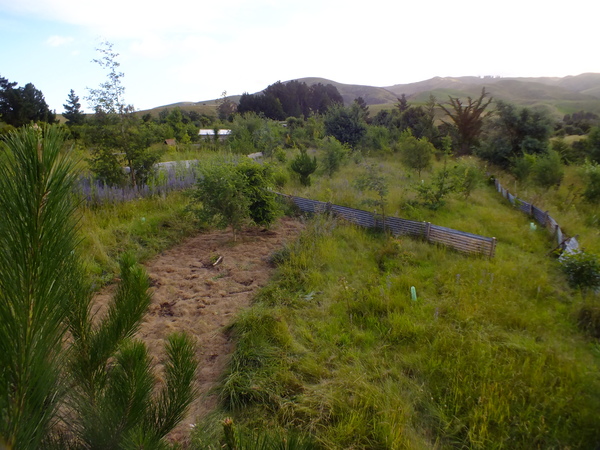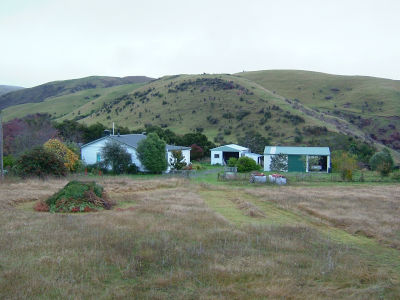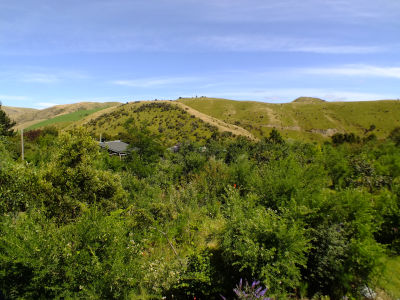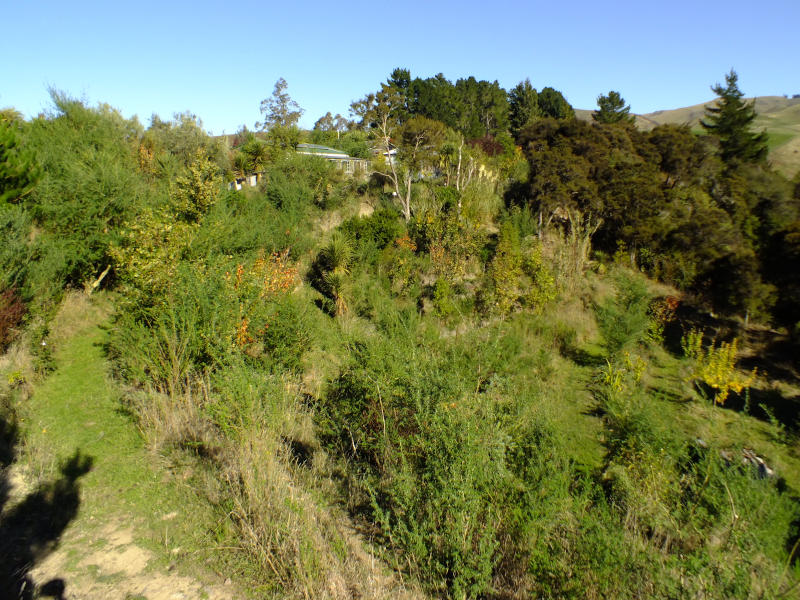Old iron sides
The weather boards on the exterior walls of the house were looking tired and required patching in a few places. Also, white was not our favourite colour.
Rather than continue to patch new problems and run on the painting treadmill we decided to go for a more serious and long term solution. After much consideration and deliberation we settled on colour coated corrugated steel. Long lasting, easy to install, made of recycled steel (or can be recycled) and available in a range of non-white colours.
The end result looks good and should last for some time.
Rather than continue to patch new problems and run on the painting treadmill we decided to go for a more serious and long term solution. After much consideration and deliberation we settled on colour coated corrugated steel. Long lasting, easy to install, made of recycled steel (or can be recycled) and available in a range of non-white colours.
The end result looks good and should last for some time.
July 20, 2013
